Shortwave communication, also known as high frequency (HF) communication, in order to take full advantage of shortwave short-range communications, the actual frequency range used is 1.5MHz ~ 30MHz. For a long time, short-wave communication has always been one of the important means of emergency command and has been widely used in diplomacy, meteorology, post and telecommunications, transportation, emergency, and rescue departments to transmit images, data, languages, and texts. At the same time, it is also an essential communication method for sea navigation and high-altitude flights. Today we will take a look at the application of short wave communication in emergency rescue:
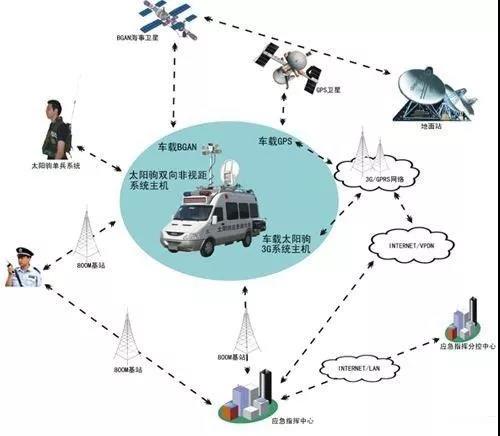
The transmission of short wave communication waves must be reflected by the ionosphere to reach the receiving equipment. The communication distance is long and it is the main means of long-distance communication. The short wave communication system consists of a transmitter, a transmitting antenna, a receiver, a receiving antenna, and various terminal devices. The transmitter pre-stage and receiver are now all solid-state and miniaturized. The transmitting antenna uses broadband in-phase, diamond or log-periodic antennas, and the receiving antenna can also use fishbone-shaped and adjustable loop antenna arrays. The main function of the terminal equipment is to increase the echo loss to prevent ringing and provide the companding function when the four-wire system of the transmission and reception branch is connected with the common two-wire system.
1. Search and rescue in the wild
Long search and rescue in the wild. When people are trapped in disaster-ridden areas such as mountainous areas, the Gobi, and the sea, and disasters require rescue, ultra-shortwaves cannot cover them and short-wave emergency communications can be used. Compared with satellite communications, short-wave communications do not have to pay telephone bills and have low operating costs, making it suitable for search and rescue forces to direct communications.
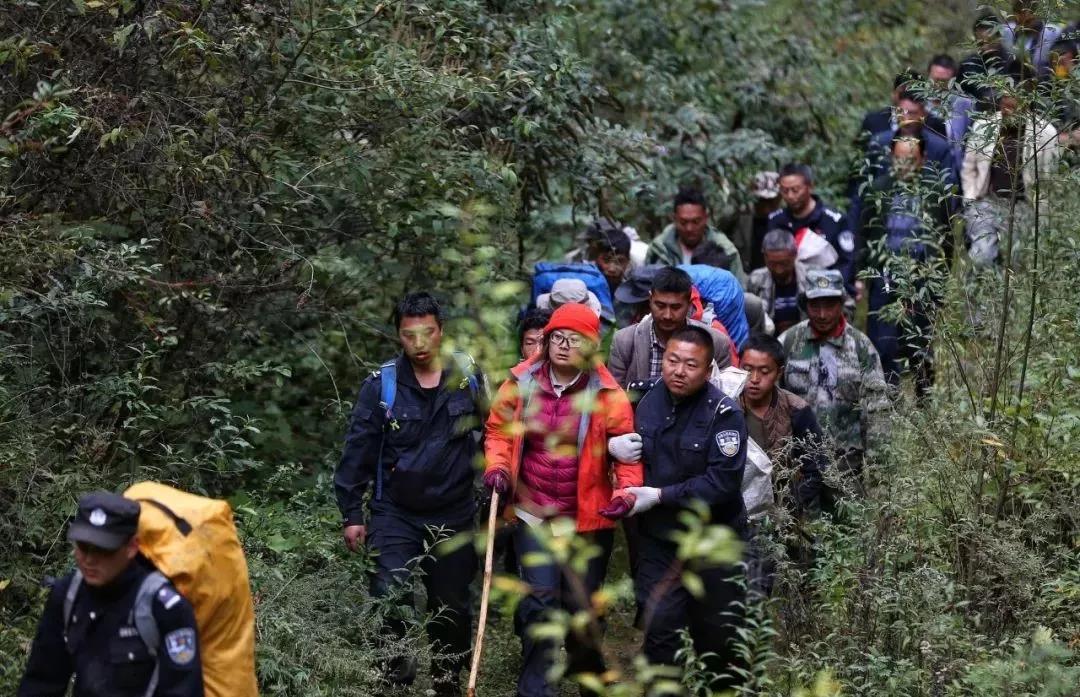
2. Earthquake rescue
In the event of a major earthquake disaster, in the case of an emergency in which all fixed wired communications and wireless mobile communications were interrupted, due to the large number of on-site rescue units, satellite communication channels are frequently occupied by many on-site similar equipment and communication is not smooth. Some are equipped with satellite public telephones. The units are also unable to communicate properly due to inconsistent equipment, high number of usage, and blocked channels. The search and rescue forces can use the characteristics of short-wave communication, flexibility, long-distance transmission, robustness, and rapid networking to set up a communication emergency command system in time to carry out rescue work.

3. The state of war
During the war, all wired and wireless communication networks may be destroyed, and satellites may be attacked and lose communication. Short-wave communication is the only remote communication method that is not affected by the network hub and the active relay system because in the short-wave propagation mode. Skywave is the main mode of transmission. Its mode of transmission mainly depends on having a natural “relay system†that cannot be “destroyedâ€â€”the ionosphere (in the atmosphere). Therefore, in the state of war, combat troops can use short-wave communications to rapidly establish a communications emergency command system.
4. Other great natural disasters
In other large natural disasters, communications, transportation, and power will be interrupted. In the disaster-stricken areas, backbone cables, switches, and cellular base stations will be heavily paralysed. In this case, the short-wave communication equipment power supply can be used to facilitate protection (as long as there is a battery or a small generator). Simple setup can realize the characteristics of communication and ensure the smooth communication and communication to achieve emergency rescue and rescue work.

5. Vehicle real-time monitoring
According to the requirements of emergency information construction, all vehicles in the emergency rescue must be equipped with a GPS global positioning system to monitor all vehicles in real time. The monitoring system is usually composed of three major components: the monitoring center, the on-board mobile unit, and the communication network. The communication network can be used. Single-frequency short-wave communication, this communication system has a simple structure, good control, and low investment. It can also fully integrate existing equipment and resources. The system is stable, reliable, and easy to modify. At the same time, it reaches both the urban and mountainous regions. Can get satisfactory monitoring results. It can overcome the high cost of relying on satellite communications services, poor urban performance, and blind areas; it can also overcome the shortcomings of using public network communications.
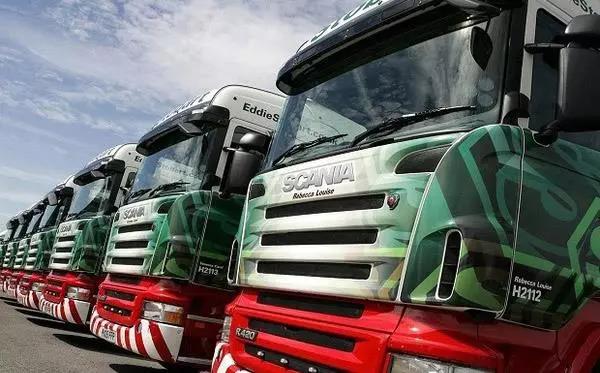
Beifeng Private Network Communication Professional Services Provider - provides "fast, efficient, professional" wireless communication emergency rescue support and solutions for various industries.
Akodi makes and designs all kinds of
stackers to suit your needs: 1. hand
hydraulic stacker 2. semi-electric
stacker 3. Electric Stacker 4. Electric Reach Forklift 5. Custom Made Stacker. All stackers focus
on safety and productivity as our priority. The operator can maneuver it easily
in confined space.
Akodi Stacker: Safety, Precise control,
efficiency
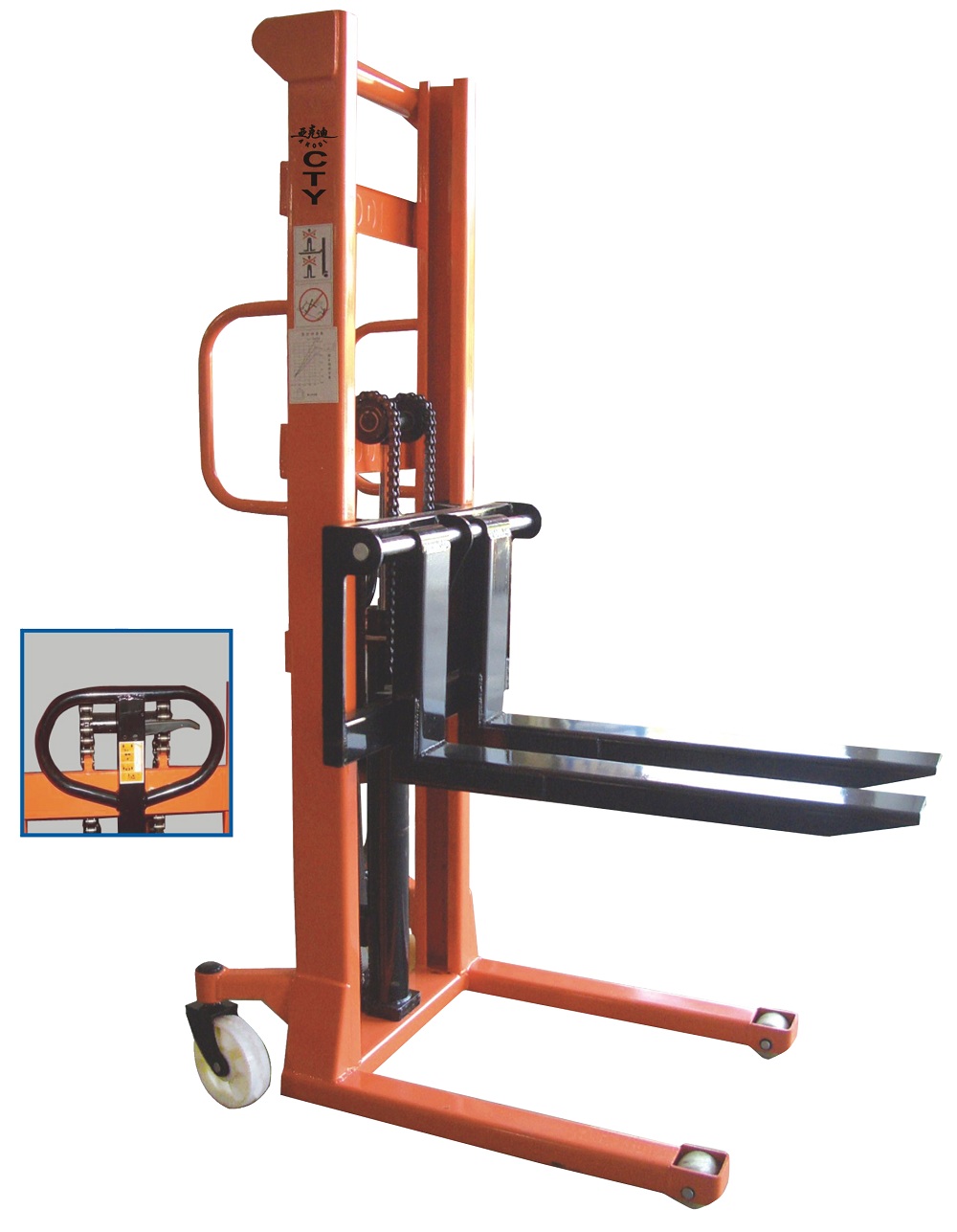
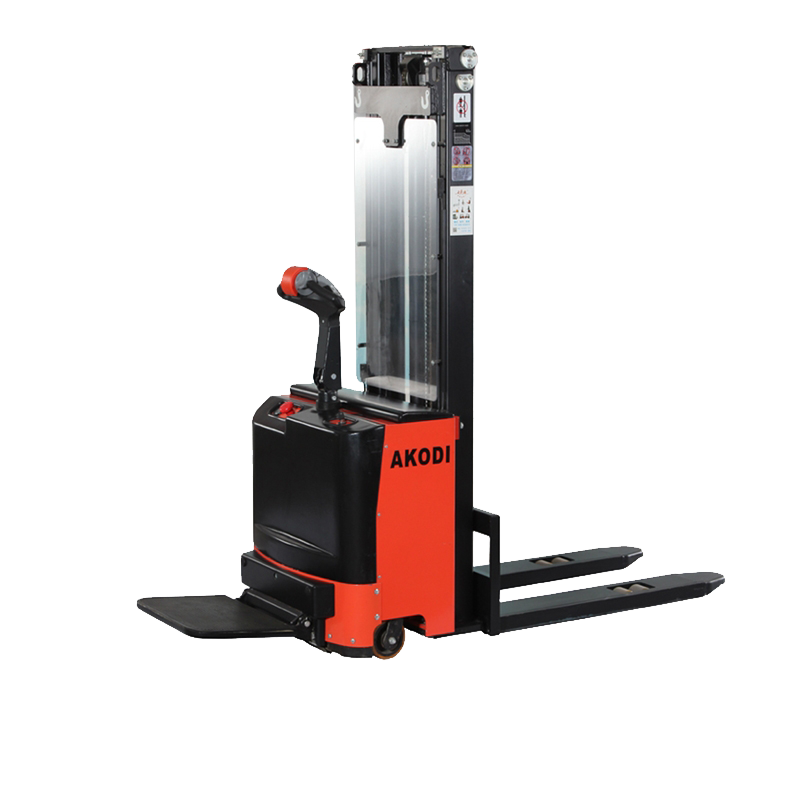
Stacker
Electric Stacker,Hand Hydraulic Stacker,Semi-Electric Stacker,Electric Reach Forklift
Akodi Intelligent Robot Technology Co., LTD , https://www.akodiforklift.com